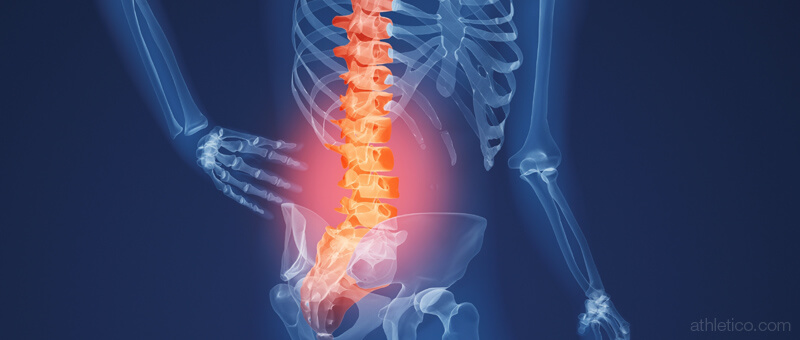These are some steps everyone can take to improve bone mass and prevent fractures. The skeleton contains 99 % of the body’s calcium stores. An adequate intake of calcium from the diet is required to maintain the body’s requirement for calcium. Calcium rich foods include low-fat dairy products, fruits and vegetables. If adequate calcium cannot be got from the diet, additional supplementation of calcium should be given.
It is recommended that men aged 50-70 consume 1,000 mg per day of calcium and that women age 51 and older and men age 71 and older consume 1,200 mg per day of calcium. Excess calcium can be associated with renal stones although the medical information in this area is not very clear.
Vitamin D is important for absorption of calcium, muscle strength an balance and reduces the risk of falling. It is recommended that 800 to 1,000 international units ( IU ) of vitamin D per day are consumed by adults older than 50 years. In subjects with Vitamin D deficiency, Vitamin D levels should be measured and supplemented to keep Vitamin D levels above 30 ng/ml.
Exercises are important to strengthen the bones. Weight bearing exercises and muscle strengthening exercises are important in osteoporosis. Weight bearing exercises include walking, jogging, stair climbing, dancing and tennis. Muscle strengthening exercises include weight training, yoga and Pilates. Ongoing exercises are important. Fall prevention is one of the most important steps you can take to reduce the risk of fractures.
Information courtesy to IOF



